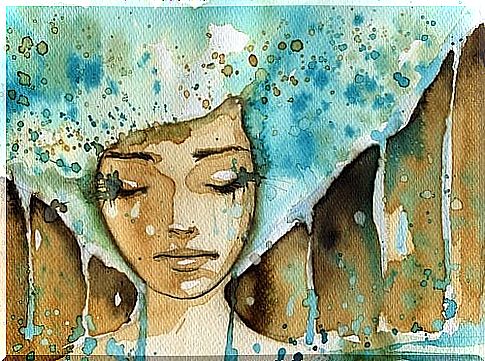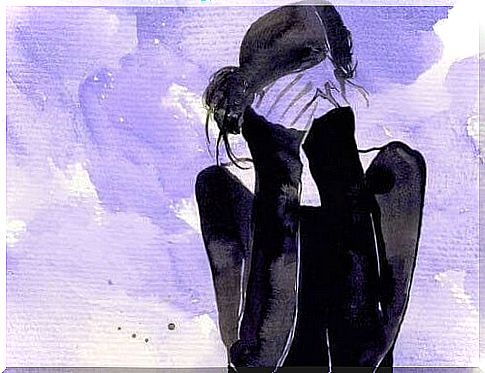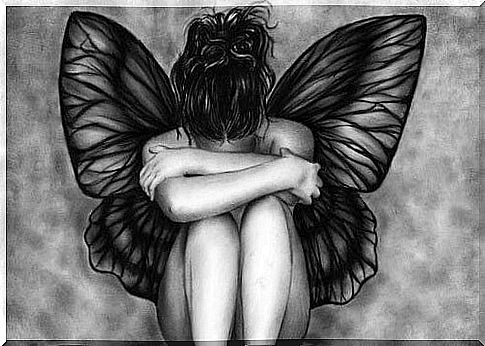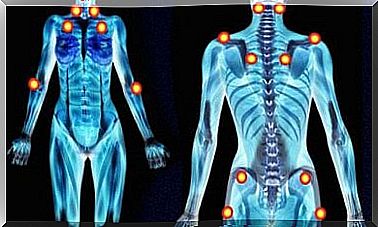4 Differences Between Sadness And Depression
Usually the problem lies in the choice of words, but usually you should be able to distinguish between the two states. Sadness is just one of the many symptoms of depression.

Sadness and depression have a lot in common, but they are also two completely different concepts.
It’s easy to mix them up, which can sometimes lead to misjudgments and misunderstandings.
Therefore, the 4 most important differences between sadness and depression are shown below . In this way you will learn to use and understand both terms correctly.
1. Depression is a mental disorder

The main difference between sadness and depression is that the latter is a mental disorder, while the former simply describes a feeling triggered by a painful experience.
It is true that sadness is one of the many symptoms of depression, but there are also many others: apathy, anxiety, restlessness, feelings of helplessness …
It is a condition owed to the circumstances. Sooner or later it will resolve on its own, but the depression is permanent, resulting in a chronic situation that leaves the person in a bad mood.
Psychologists diagnose depression if you’ve had symptoms for at least 6 months.
2. Sadness is a temporary state of mind

As mentioned earlier, sadness is a temporary condition, even if it sometimes lasts longer than expected.
Depression, on the other hand, is a psychologically normal and natural reaction that indicates a mental disorder. It occurs when you find yourself in a difficult life situation, when someone has hurt us. The feeling arises without you being able to do anything about it.
For all of these reasons, one should n’t worry too much. It is normal to feel it when we lose a family member, when a relationship breaks, when we have to leave our home …
Sadness lets us understand that something that is important to us has changed. But with time, the sadness fades.
Apathy and depression
Apathy is the lack of energy and will to do something. This affects those with depression who are unable to go about their daily routines.
For example, a depressed person cannot go to work simply because they are unable to get up in the morning.
That doesn’t happen when you’re sad. With this feeling, too, you can carry out your usual tasks and obligations, even if perhaps not as enthusiastically as if you were in a good mood.
Even so, work and obligations are not affected.
4. When the sadness goes too far

Of course, one thing often leads to another, which is why long periods of time can degenerate into depression.
A sad person cries, their self-esteem is down, they have the feeling that they are useless, the world is gray, there is no more hope … If all these feelings spread, it can lead to a deep depression come.
Hence, psychologists prefer to wait a while before diagnosing a person with depression. It is normal to be sad for a day or two or even a week. But after two months of sadness, one should start looking for help.
As has been shown, the differences between depression and sadness are very pronounced, even if one is the symptom of the other.
It should be noted that sadness does not require therapy, while depression does need treatment .
In the case of sadness, support from the family or a change of location can be sufficient. Things are different with depression.

In conclusion, it can be said that sadness and depression are very different from each other. Perhaps the confusion stems from the fact that words like “depressed” are used interchangeably with “depressing” but are also strongly associated with depression.
Being depressed in this case has nothing to do with depression. The wrong use of the terms can unsettle us when it comes to grasping their exact meaning.
Have you ever confused sadness with depression?









